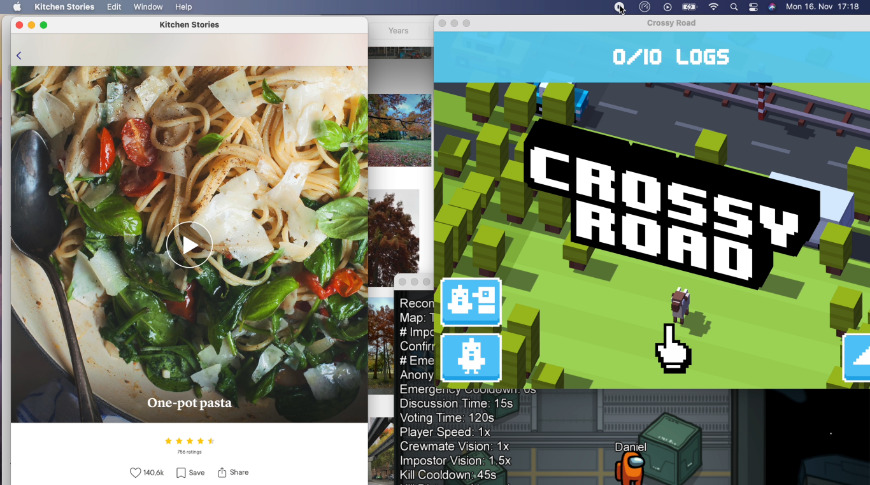
- #Appcode apple silicon pro
- #Appcode apple silicon verification
- #Appcode apple silicon software
- #Appcode apple silicon code
- #Appcode apple silicon mac
You should see this confirmed with an announcement on Tuesday, November 10th.- Jon Prosser October 16, 2020īloomberg goes on to say that the first of the three processors will be a 12-core processor with a unique mix of eight high performance cores called “Firestorm” cores and four energy efficient core called “Icestorm” cores. Jon Prosser is adamant that Apple will announce its first ARM-based Macs on Tuesday November 10th. These chips are based on the unreleased Apple A14, that is used in the iPhone 12 series.
#Appcode apple silicon mac
Apple is said to have at least three ARM Mac processors in development currently as part of a project called Kalamata. The China TimesĪpple will introduce ARM powered Macs in 2021, according to Bloomberg.
#Appcode apple silicon pro
The A14X processor will also be used in the new generation iPad Pro tablet. The Macbook battery lasts 15 to 20 hours.
#Appcode apple silicon code
The rumor suggests Apple’s first Apple Silicon-based Mac will utilize an unannounced processor code named “Tonga”, which would be manufactured by TSMC with a battery life of 15-20 hours, according to The China Times.Īccording to Apple’s supply chain, Apple is expected to launch a Macbook with a 12-inch Retina Display at the end of this year, using its self-developed and designed A14X processor, with the development code of Tonga, supporting a USB Type-C interface and weighing less than 1 kilogram, because of the low-power advantage of the Arm-based processor. While Apple already has shipped out a ‘Developer Transition Kit’, which was an Apple Silicon A12Z-based Mac mini and would arguably reach production first, a new rumor suggests what may come at the same time or possibly come next. We are finally getting a possible month that we might the first Apple Silicon-powered Macs. With the recent announcement of Apple’s plans to move thier entire Mac lineup to their own ARM-based Silicon, the biggest question remains, which device will be first. For example, apps requiring access through the firewall must be code signed with the appropriate MAC entitlement.Apple has been rumored to ARM a and revive the 12-inch MacBook Air for some time. Mandatory Access Controls (MACs) require code signing to enable entitlements protected by the system. The output of Notarization is a ticket, which is stored on Apple servers and can be optionally stapled to the app (by anyone) without invalidating the signature of the developer.
#Appcode apple silicon software
Notarization can be performed by anyone in the software distribution chain and proves that Apple has been provided a copy of the code to check for malware and no known malware was found.
#Appcode apple silicon verification
Code signing is performed by the developer using their Developer ID certificate (issued by Apple), and verification of this signature proves to the user that a developer’s software hasn’t been tampered with since the developer built and signed it. In macOS, code signing and notarization work independently-and can be performed by different actors-for different goals. Apps developed in-house should also be signed with an Apple-issued Developer ID so that users can validate their integrity. In macOS 10.15, all apps distributed outside the App Store must be signed by the developer using an Apple-issued Developer ID certificate (combined with a private key) and notarized by Apple to run under the default Gatekeeper settings. Apple signs any apps provided with Apple devices. This signing is designed to ensure that they haven’t been tampered with or altered.


Additional macOS system security capabilities.recoveryOS and diagnostics environments.Contents of a LocalPolicy file for a Mac with Apple silicon.LocalPolicy signing-key creation and management.Boot process for iOS and iPadOS devices.Secure intent and connections to the Secure Enclave.Face ID, Touch ID, passcodes, and passwords.


 0 kommentar(er)
0 kommentar(er)
